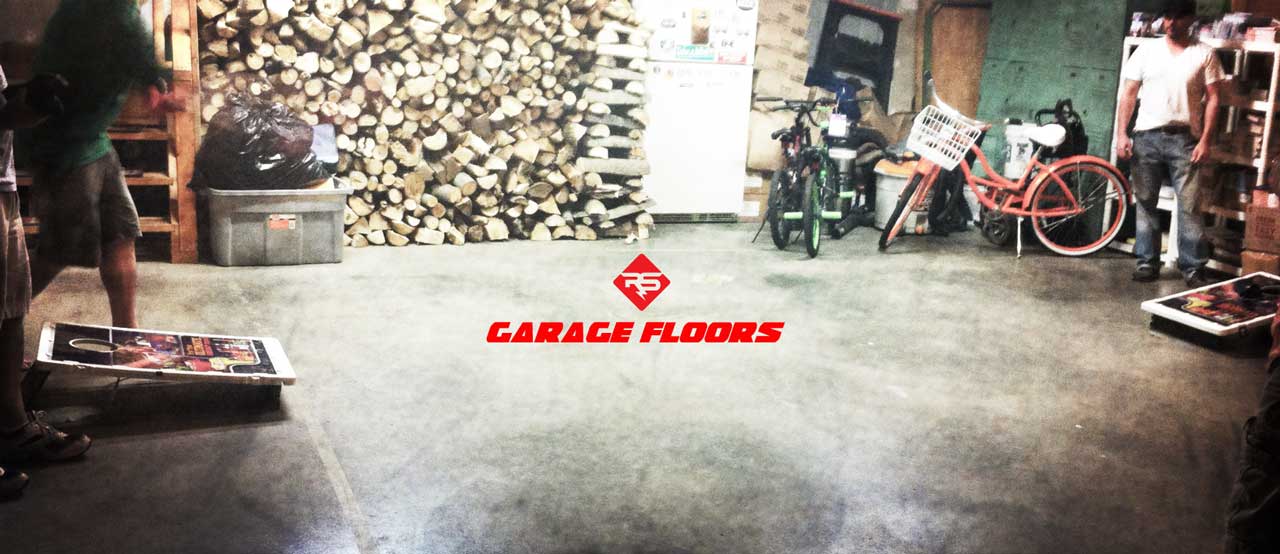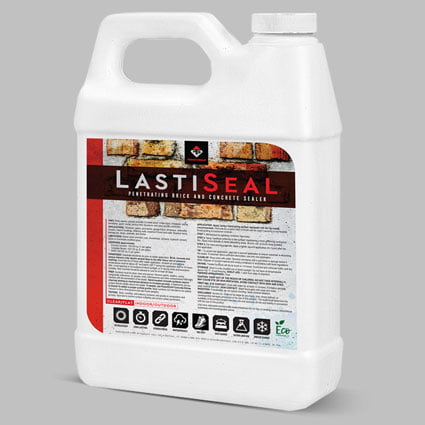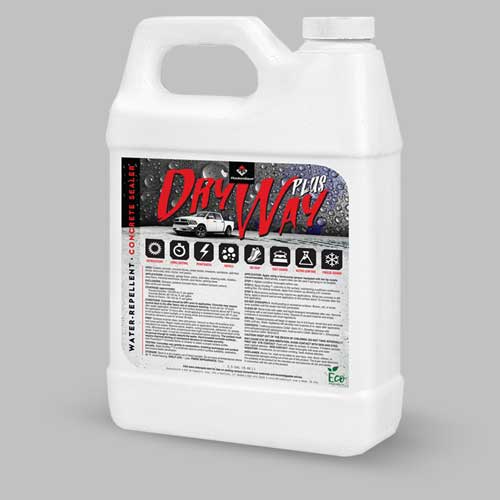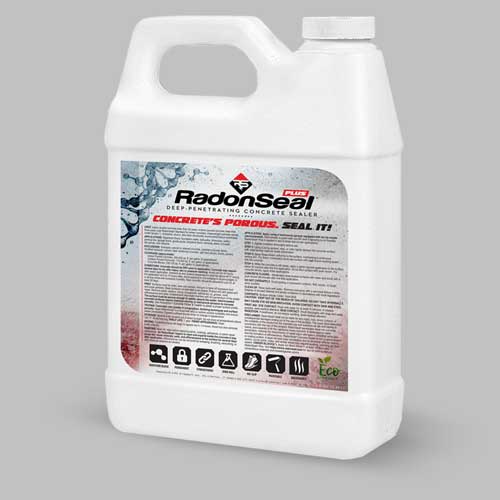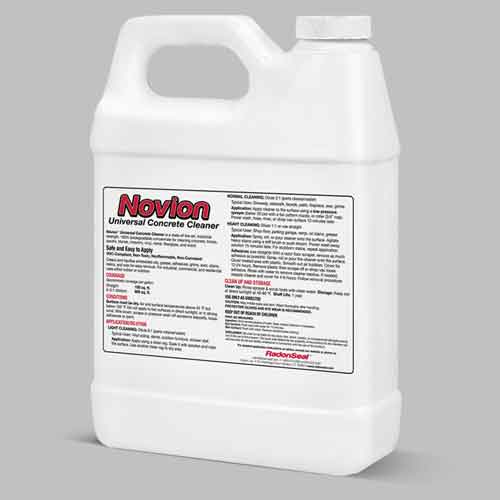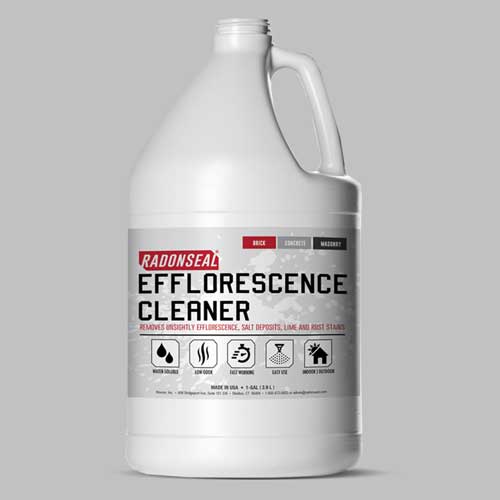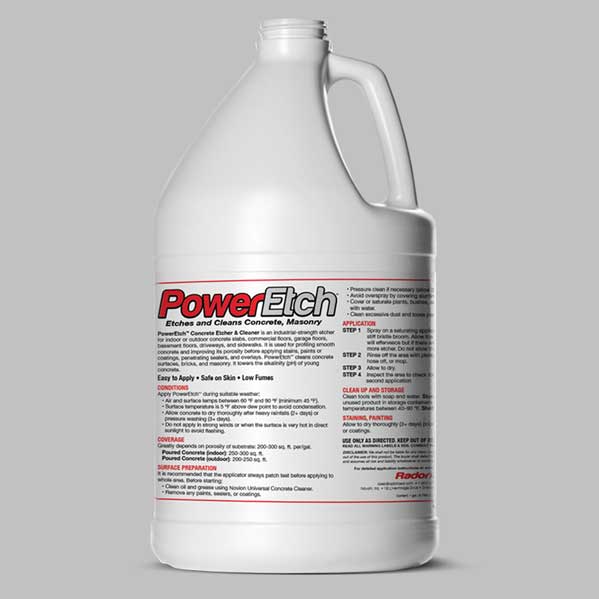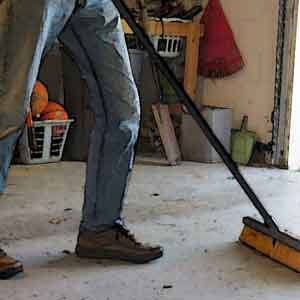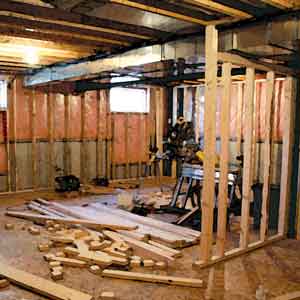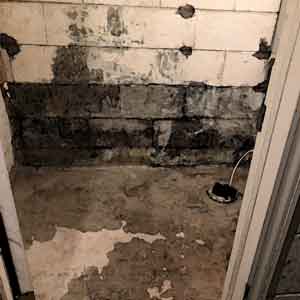Garages Are Not Just for Cars
These days, a garage is not just for storing cars. It has become a multifunctional space – workshop, extra storage space, a place to exercise or play ping pong, entertain family or friends, and an opportunity to improve the market appeal of your house. A dank, dirty garage floor with unsightly water and oil stains, grease marks, efflorescence, cracks, and spalls, is not only an eyesore, it also lowers the resale value of your house. According to real estate trends, a well-kept garage is a valuable upgrade and considered a luxury for potential buyers:
“They’re for more than parking cars, stacking boxes, and holding trash bins. The garage can help sell your home if you stage it right. Most homeowners might think of staging their kitchens and bedrooms, but the garage is a feature that is playing an increasingly important role.” – RealtyTimes.com
Whether you’re interested in protecting the garage floor against staining, pitting, crumbling, cracking, dusting, wicking water, or searching for a solution to high humidity levels and mold growth, the most important thing you can do is to seal it with the best penetrating concrete sealer. Protecting your garage floor against deterioration will increase the resale value of your house by $1,000’s.
If you’re planning on finishing your garage floor with paint or epoxy coating, interested in protecting the floor against staining, efflorescence, cracking, wicking water, dusting, pitting, and crumbling, or searching for a solution to regulate humidity levels and mold growth, the right garage floor sealer will be the most important thing you can do for your garage floor and space.
What Can Damage a Concrete Garage Floor
The floor in your garage or carport takes a beating, and although concrete is an enduring material, it won’t last forever. Let’s look at some of the common causes of damage to a typical garage floor:
- Engine Fluids – Oil, transmission fluid, and antifreeze from leaking engines or vehicle maintenance. Engine fluids penetrate into the concrete, produce ugly stains and cause degradation.
- Deicing Chemicals & Road Salts – Typically dragged from the road into the garage on your vehicle. These chemicals are particularly harmful to concrete by attacking it chemically. They form a liquid brine on your garage floor which penetrates deeply into the pores of the concrete. Once the brine gets diluted enough with water, it produces damaging freeze/thaw cycles inside the concrete in carports.
- Ground Movement – Concrete can crack and heave as the soil around it settles and shifts over time. The soil underneath the garage slab may settle and create a void. Clays retain a lot of moisture and some expand when wet and shrink when dry. In colder climates, the water under the floor can freeze and expand upward causing damage.
- Missing Vapor Barrier – Most garage slabs are poured directly on gravel without first installing a plastic vapor barrier. This causes wicking of water and infiltration of water vapor. Moisture gradually disintegrates the concrete by crumbling, spalling, and pitting.
- Wicking Water – Concrete is very porous and when in contact with water, it naturally pulls the water in by wicking action. This shows up as dark, damp spots on the floor or as efflorescence (white minerals leached out from the concrete).
- Water Vapor Permeation – Water from the soil evaporates and oozes indoors through the pores in concrete. Putting down a rubber mat or cardboard box will trap the moisture and leave a damp spot. Even strong coatings like epoxy or urethane will eventually bubble up and crack due to the vapor pressure.
- Sweating Concrete – Concrete porosity allows cold air from the ground below to permeate through it and cool the surface. When the air is warm and humid, condensation forms on cold concrete floors. Moisture gradually damages concrete and activates efflorescence.
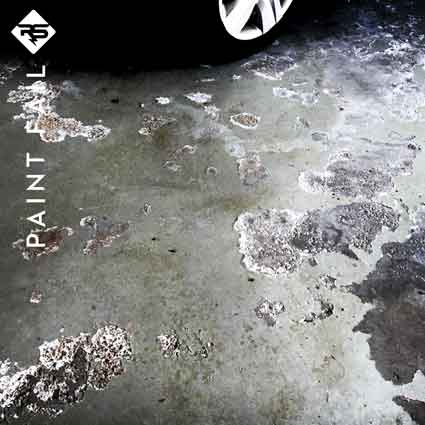
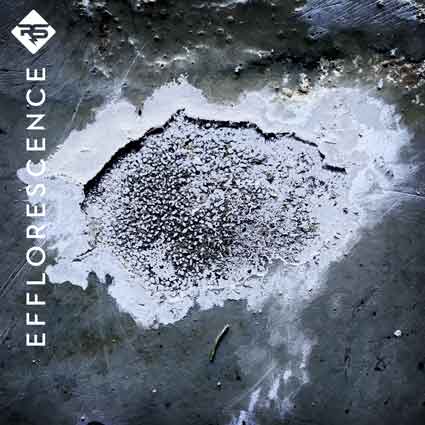
Seal Concrete before Painting A Garage Floor
Floor paints and coatings trap water vapor coming up from below. Even the strongest concrete coatings will bubble, peel, or crack (pictured) due to the moisture wicking through concrete, water vapor pressure, pushing efflorescence, or alkali attack.
If you plan to paint your garage floor or apply a coating, like epoxy or urethane, garage floor sealer and waterproofing your concrete becomes a critical first step! And you will definitely not choose a film-forming concrete sealer. You need a penetrating concrete garage floor sealer that seals the concrete deep inside against water vapor transmission.
DIY WATERPROOFING
Penetrating Sealers for Garage Floors
__________
These selected garage floor sealer are the top performers for sealing garage floors. They are all penetrating, waterproofing products that seal concrete internally. They are all slip-resistant and do not alter surface appearance. They are water-borne, solvent-free, user- and environment-friendly, allowing for safe use indoors without noxious fumes.
How To Choose the Appropriate Garage Floor Sealer
RadonSeal® Deep-Penetrating Concrete Sealer
* Best Choice for Sealing Against Negative Side Water Pressure & Efflorescence
RadonSeal penetrates up to 4″ into concrete, chemically reacts, and seals the concrete permanently against capillary water seepage, water vapor infiltration, and soil gasses. Strongest sealer against hydrostatic water pressure. Greatly reduces the wicking of water and efflorescence through concrete. Strengthens concrete garage slabs against road salts, brine, and deicers. Hardens surfaces to prevent concrete dusting. Accepts all types of paints, coatings, levelers, water-based stains, and concrete dyes. Inferior stain resistance compared to LastiSeal and DryWay.
Best Used Against – Negative side water, wicking water, water vapor, moisture, high humidity, weak concrete surfaces, efflorescence, surface spalling, cracking, and freeze-thaw.
Apply To – Bare, unstained concrete floors and carport slabs over 3″ thick. Use on new or old concrete. Use before applying garage floor paints, surface levelers, and epoxy coatings.
LastiSeal® Brick & Concrete Sealer
* Best All-Purpose Choice for Waterproofing, Hardening, and Stain Resistance
LastiSeal is a polyester-based, penetrating sealer (2-4″ penetration depth) that seals deeper below the surface of the concrete. Internally plugs the pores of concrete providing superior waterproofing qualities against both negative and positive side water pressure. Hardens and strengthens concrete providing protection against dusting, cracking, and minor surface defects. It helps reduce vapor transmission and efflorescence. Shed surface water and provide quality stain resistance. Except for latex and silicones, LastiSeal is a great primer for epoxies, urethanes, acrylics, and other paints.
Best Used Against – Positive side water, freeze-thaw, salts, deicing chemicals, oil, and car fluid spills, cracking, dusting, spalling, and pitting of surfaces, water vapor transmission.
Apply To – New or old concrete floors, pavers, cementitious underlayments, fiber-reinforced concrete, acid-stained concrete, integrally colored concrete, and stamped concrete.
DryWay® Water-Repellent Concrete Sealer
* Best Choice Against Garage Floor Concrete Surface Stains
A “closer to the surface” penetrating sealer that plugs the pores of concrete allowing it to bead positive side water and chemical fluid spills. Superior stain resistance makes heavy cleaning less frequent and quicker. Up to 10-Year Service Life. Not recommended for surfaces that are intended to be painted or leveled.
Best Used Against – Oil, car fluid spills, freeze-thaw, road salts.
Apply To – Bare concrete slabs, pavers, integrally colored concrete.
DIY WATERPROOFING
Cleaners & Etchers for Garage Floors
__________
Commercial-Grade concrete cleaning and etching products used before the application of penetrating sealers, concrete paints, and epoxy coatings. Made stronger than store bought cleaners and also user-friendly!
How to Clean & Prep the Concrete Before Sealing
Regardless of the which of type of sealer or paint you’re considering, the first and most important part of sealing garage slabs is to prepare the concrete surface. It is common for a garage floor to have a smooth, machine-troweled finish. A penetrating garage floor sealer has trouble being absorbed by hard concrete surfaces and commonly require a proper Concrete Surface Profile (CSP). Penetrating sealers require a CSP-1 which is that of an acid-etched surface (0 to 3 mils). Paint, epoxy coatings, and concrete levelers are best applied to a CSP-2 profiled surface; surface grind (4 to 10 mils). Porosity is key to success. Not sure if your concrete is porous enough for a penetrating sealer? Check out Do I Need to Etch My Concrete.
Cleaning Concrete – Oil stains, grease, concrete paints, and efflorescence on the surface must be removed before applying sealers, sealants, or paints. Cleaning is often the most labor-intensive step in the process, but the correct cleaning agents this task can be made quicker and user-friendly. Cleaning agents are easy to find in brick-and-mortar stores, but not all concrete cleaners are created equal. RadonSeal offers a line of commercial-grade concrete cleaners that can make short work of cleaning and prepping surfaces.
- Universal Concrete Cleaner | ECO-Friendly – Oil, grease, fluid stains, dirt, and grime.
- RadonSeal Efflorescence Cleaner – Heavy efflorescence, lime, and rust stains, dirt, grime.
- PowerEtch Concrete Etcher & Cleaner – Etches and cleans concrete. Removes lighter amounts of efflorescence, rust, tannins, and red clay stains.
Roughen The Surface – Roughening the surface by shot-blasting or grinding will clean and open up the pores, particularly in hard-troweled concrete floors, before painting, sealing, or staining. However, chemically etching the concrete remains the most popular method. It uses a chemical (commonly acid) to “eat” away the top layer of concrete. This will remove efflorescence, improve the “grip” for paints and coatings, and open the pores of your concrete for penetrating sealers or stains. It will also reduce the pH (alkalinity) of new concrete.
Although muriatic (hydrochloric) acid is the traditional method (as well as the cheapest), it is difficult to work with and the acid and fumes are dangerous to people. Consider the safer alternatives such as PowerEtch Concrete & Cleaner.
Repair Cracks & Surface Defects – Cracks are one of the most common problems with concrete floors. Not only do they look unsightly they tend to lengthen and expand over time. Ignoring filling cracks and control joints often leads to other problems like spalling, crumbling, and water seepage. Crack repair may seem like a daunting task, but repairs can be made in a snap!
CrackWeld Concrete Floor Crack Repair Kits and ElastiPoxy Joint & Crack Filler Kits are industrial-strength filling crack repair products for indoor and outdoor cracks and control joints. Unlike caulks or hydraulic cement, the kits provide practically permanent results by deep filling and bonding hairline stress cracks, wide cracks, and control joints in garage floors. By bonding cracks together, these high-strength compounds will hold the concrete together to reduce further expansion and propagating through a surface coating.
FAQ
“I am concerned that if I use your sealer it will interfere with the adhesion of the epoxy garage paint I plan on using afterward? Is my concern legitimate?” – Your concern is legitimate, but when our penetrating sealers are applied properly, they do not change the surface profile of the concrete thus, allowing for the use of paints and coatings without failure. To assure the sealers are absorbing readily through a smooth surface cap and for good adhesion of the epoxy, etch the concrete surface with PowerEtch before applying the sealer.
“How do I remove the paint that is chipping from my garage floor?” – Removing paint can prove to be a tedious endeavor. Basically, there are two methods of removing paint; chemical and mechanical means. An effective paint stripper, floor scraper, and pressure-washer may be the only tools you will need.
“I have carpeting on part of my garage floor and there is mold growing under the paint cans that I store in there (pictured). The carpet is damp so I know it’s due to moisture underneath. I plan on ripping out the carpet and sealing the floor with RadonSeal. After applying how long do I have to wait until I can put carpeting back down? What if I decide to paint instead?” – RadonSeal has the ability to purge loose minerals and dirt from inside concrete to its surface for days after the application. Erring on the side of caution, we recommend you wait 10 days before applying paint, surface levelers, or adhesive. But loosely laid down carpeting can be placed once the concrete has dried (after two days).
“The stem wall in my garage has efflorescence and is popping the paint. Which product would work best at preventing this from happening again?” – Once the paint has been successfully removed, seal the concrete with RadonSeal® Plus. RadonSeal stops water migration through concrete, which in turn will prevent the formation of efflorescence.
“I have a high humidity issue inside my garage which I use as a woodworking shop and storage for my tools. How can this be rectified?” – Apply RadonSeal to the slab to reduce humidity in the garage space by restricting water vapor inflow and cold ground air infiltration through the concrete.
“I’m looking for a concrete sealant that will make it easier for me to clean after the winter months. Which sealer to use?” – LastiSeal or DryWay would be the top choices for being the most stain-resistant. LastiSeal does have the ability to penetrate deeper into concrete and when enough of the product has been applied, it will also fill the pores much closer to the surface. Making it a superior penetrating sealer for years to come.
